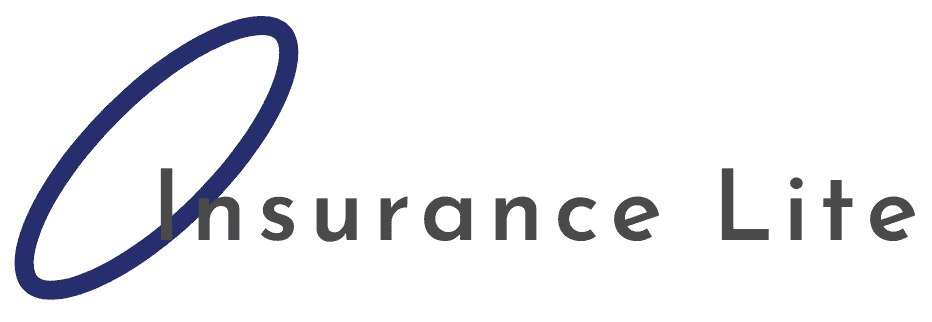Life insurance, a cornerstone of financial planning, remains an enigma to many. In this extensive guide, we demystify life insurance, exploring its importance, types, and strategic considerations, thereby empowering you to make informed decisions for your and your family’s future. This blog post is not just a resource but a roadmap to understanding life insurance’s critical role in securing financial stability.
Understanding the Essence of Life Insurance
Life insurance is a contract between an individual and an insurer, where the insurer promises to pay a designated beneficiary a sum of money in exchange for a premium, upon the death of the insured person. It’s not just about leaving a legacy; it’s a tool for financial protection, ensuring your loved ones’ future in your absence.
The Varied Facets of Life Insurance
1. Term Life Insurance
Term life insurance provides coverage for a specified term, typically ranging from 10 to 30 years. It’s a straightforward protection tool, offering a death benefit without any savings or investment component, making it generally more affordable than permanent life insurance.
2. Whole Life Insurance
Whole life insurance, a type of permanent life insurance, offers coverage for the insured’s lifetime, coupled with a savings component. The policy accumulates cash value over time, which can be borrowed against or used for other financial needs.
3. Universal Life Insurance
Universal life insurance is another form of permanent coverage, offering more flexibility in premiums and benefits. Policyholders can adjust their premiums and death benefits, within certain limits, and the policy also accumulates cash value.
Choosing the Right Life Insurance
- Assess Your Needs: Consider factors like family dependents, debts, and future financial goals to determine the coverage amount and type of insurance best suited for you.
- Understand Policy Terms: Read and comprehend the terms, conditions, and exclusions of the policy you’re considering.
- Shop Around: Compare policies from different insurers to find the best rates and coverage.
- Consider Financial Stability of Insurer: Choose an insurer with a strong financial standing for peace of mind.
- Seek Professional Advice: Consult with financial advisors or insurance professionals to make informed decisions.
Life Insurance: Questions and Answers
Q: How much life insurance do I need?
A: The amount of life insurance you need depends on your personal and financial circumstances. A common approach is to have coverage that’s 10-15 times your annual income, but factors like debts, dependents’ needs, and future obligations should also be considered.
Q: What’s the difference between term and whole life insurance?
A: Term life insurance offers coverage for a specific period and pays out only if you die during that term. Whole life insurance covers your entire life and includes a cash value component that grows over time.
Q: Can I have multiple life insurance policies?
A: Yes, you can have more than one life insurance policy. People often combine different types of policies to suit their changing insurance needs over time.
Q: Does life insurance cover death from any cause?
A: Life insurance typically covers death from most causes. However, there might be exclusions such as death from high-risk activities or pre-existing health conditions, depending on the policy.
Q: When should I buy life insurance?
A: It’s generally advisable to purchase life insurance when you have dependents or significant debts. The younger and healthier you are when you buy a policy, the lower your premiums will likely be.
Life Insurance in the Digital Age
The advent of technology has transformed how we purchase and manage life insurance. Online platforms now offer easier access to information, comparison tools, and even online applications, making the process more transparent and convenient than ever before.
Life Insurance and Financial Planning
Integrating life insurance into your overall financial plan is essential. It helps ensure that your family’s future is secure, debts are covered, and that you’re prepared for life’s uncertainties. Regularly review and adjust your coverage to align with life changes such as marriage, parenthood, or career transitions.
Conclusion
Life insurance is more than a policy; it’s a critical component of a comprehensive financial strategy. Understanding its types, determining the right coverage, and staying informed about policy specifics are key steps in leveraging life insurance effectively. As life evolves, so should your approach to life insurance, ensuring that it continually serves its purpose of protecting your and your loved’s financial future.
Embrace life insurance as a proactive step towards financial security. Remember, the right life insurance plan not only provides peace of mind but also cements a legacy of care and foresight for those you treasure most.



